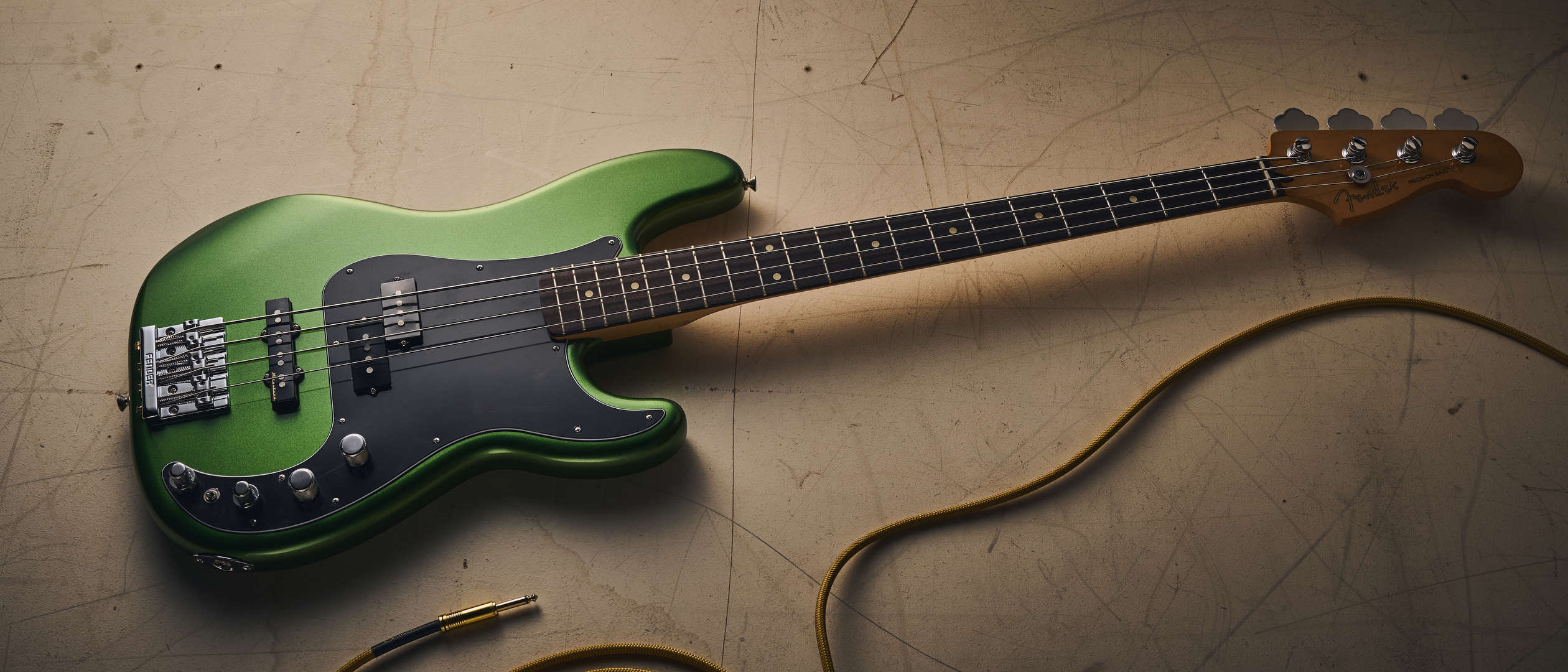MusicRadar Verdict
Fender has ticked a lot of the necessary boxes with the Player II Modified Active Precision Bass. Fit and finish are both spot-on, but its crowning glory is the versatility of sounds on offer, coupled with the universal tone control. An excellent choice for anyone who needs a lot of tonal bang for their buck.
Pros
- +
Hugely versatile sounds.
- +
Comfortable setup.
- +
Lots of feature enhancements.
Cons
- -
Rosewood option limited to two finishes.
- -
You'll need a minute to remember the control layout.
- -
No left-handed model.
MusicRadar's got your back
What is it?
Following hot on the heels of 2024’s Player II series comes the Player II Modified line: a range of Player II guitars and basses that build on Fender’s ‘workhorse’ range to offer additional features when it comes to playability and sound.
In the case of the Modified Active Precision Bass, that means an active preamp circuit, a PJ pickup configuration with the addition of a Fender Noiseless Jazz model in the bridge position, a top-loaded HiMass bridge, tapered-shaft tuners and a TUSQ nut.
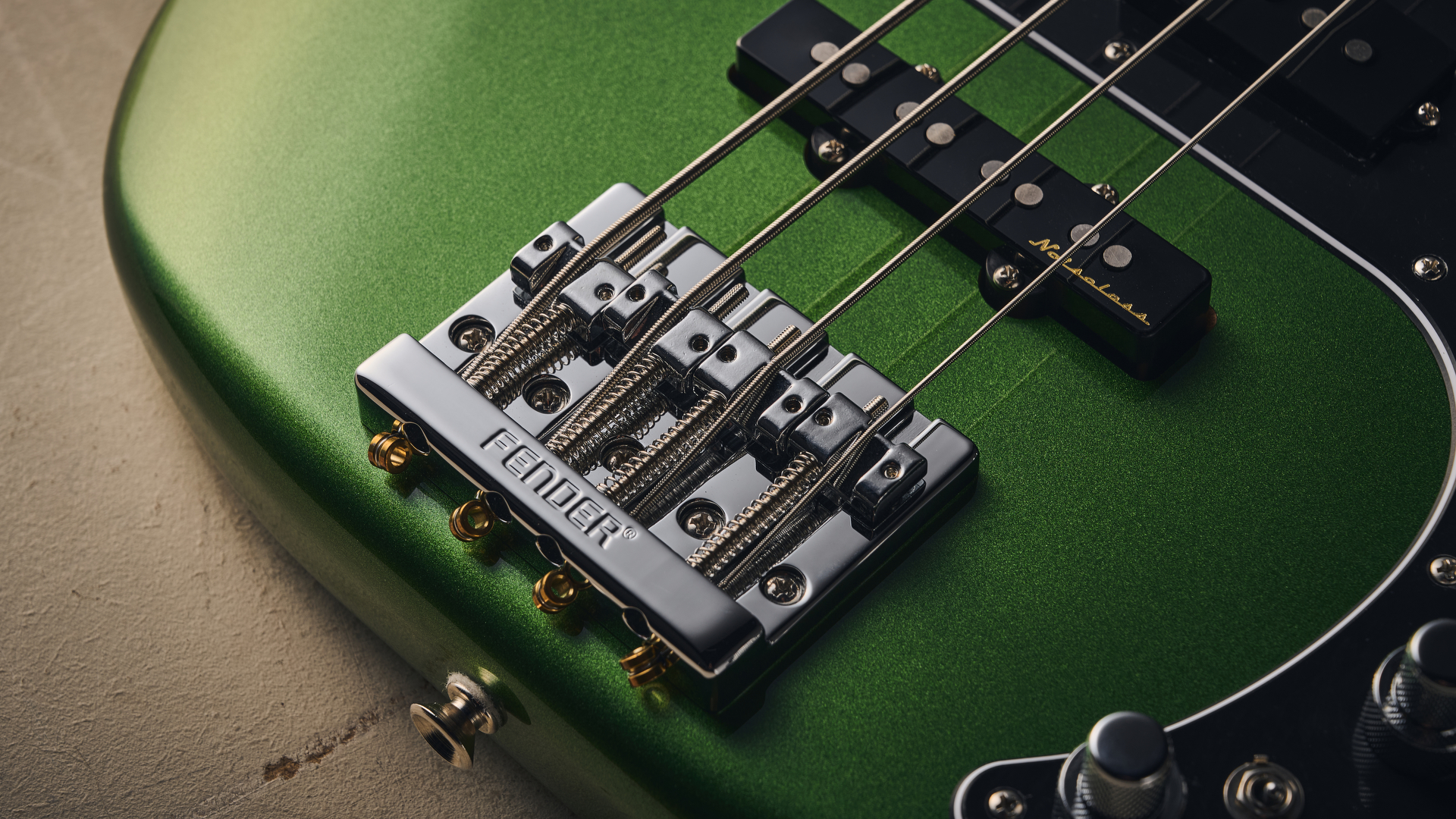
Essentially, it’s Fender’s take on supplying common mods and upgrades, straight out of the box. “Hang on, isn’t this just the Player Plus range rebadged?”, I hear you cry.
Well, not quite. While Fender is clearly following a similar release pattern, and indeed, the Player Plus series included similar enhancements, there are a number of improvements on hand that sets this apart from both the previous Player Plus Active Precision as well as the current Player II Precision Bass. Let's get to it.
Specs
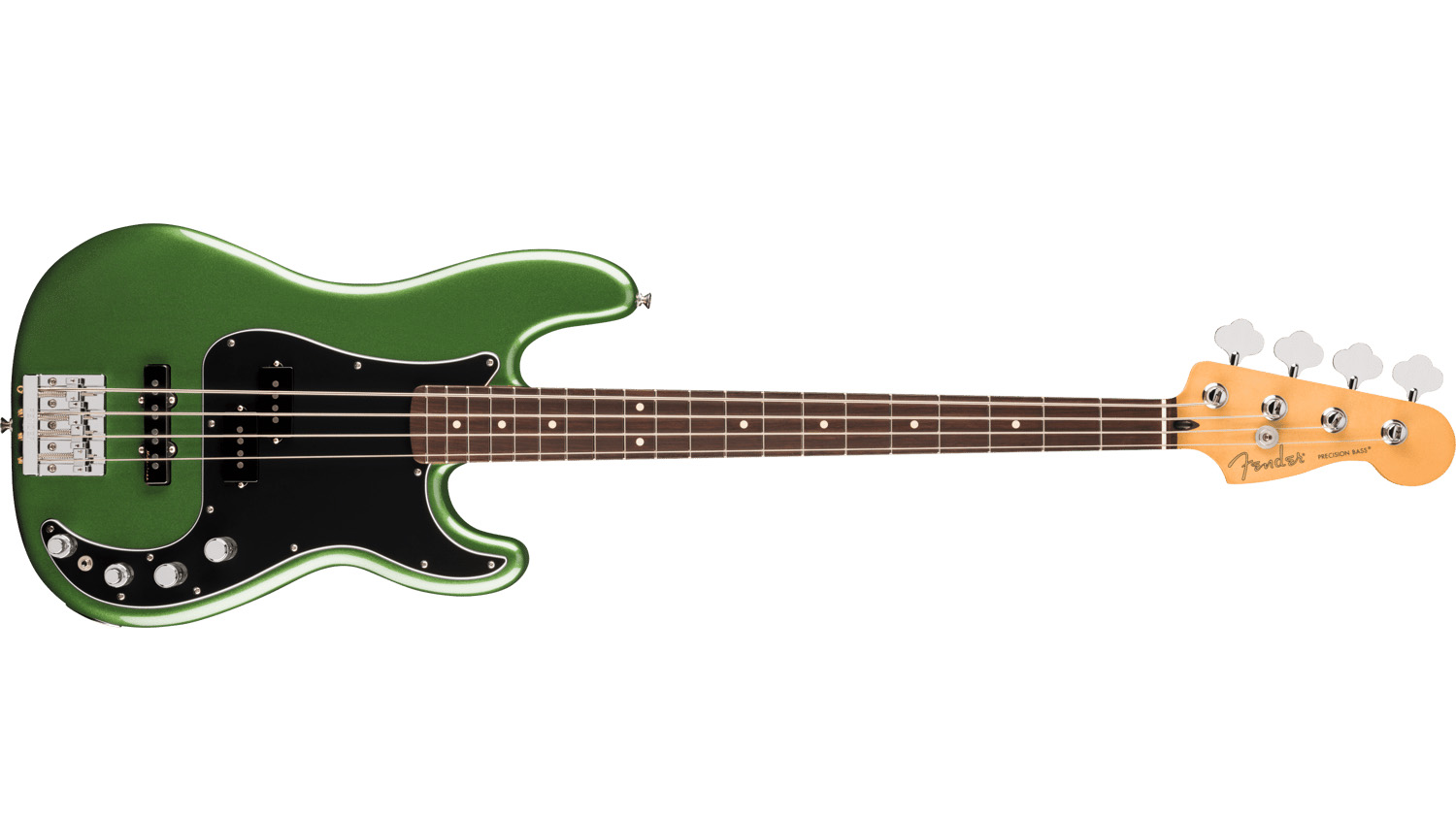
- Launch price: $1,099/£999/€1,199
- Made: Mexico
- Type: Four-string active bass
- Body: Alder
- Neck: Maple, Modern C
- Fingerboard: Rosewood (maple on Sunshine Yellow, 3-Color Sunburst and Dusk finishes)
- Scale length: 34"/863mm
- Nut/width: TUSQ / 41mm
- Frets: 20
- Hardware: Fender tapered-shaft tuners, Fender HiMass chrome-over-zinc bridge, top-loading
- String spacing at bridge: 76mm
- Electrics: Fender Player II Precision Bass split-coil, Fender Player II Noiseless Jazz Bass, active electronics w/ bass, middle, treble boost/cut, active/passive tone control, active/passive switch, pan pot, master volume
- Weight: 9.03lb/4.1kg
- Left-handed options: No
- Finishes: Forest Green Metallic (as reviewed), Olympic Pearl, Dusk, 3-Color Sunburst and Sunshine Yellow
- Cases: Fender gig bag included
- Contact: Fender
Build quality
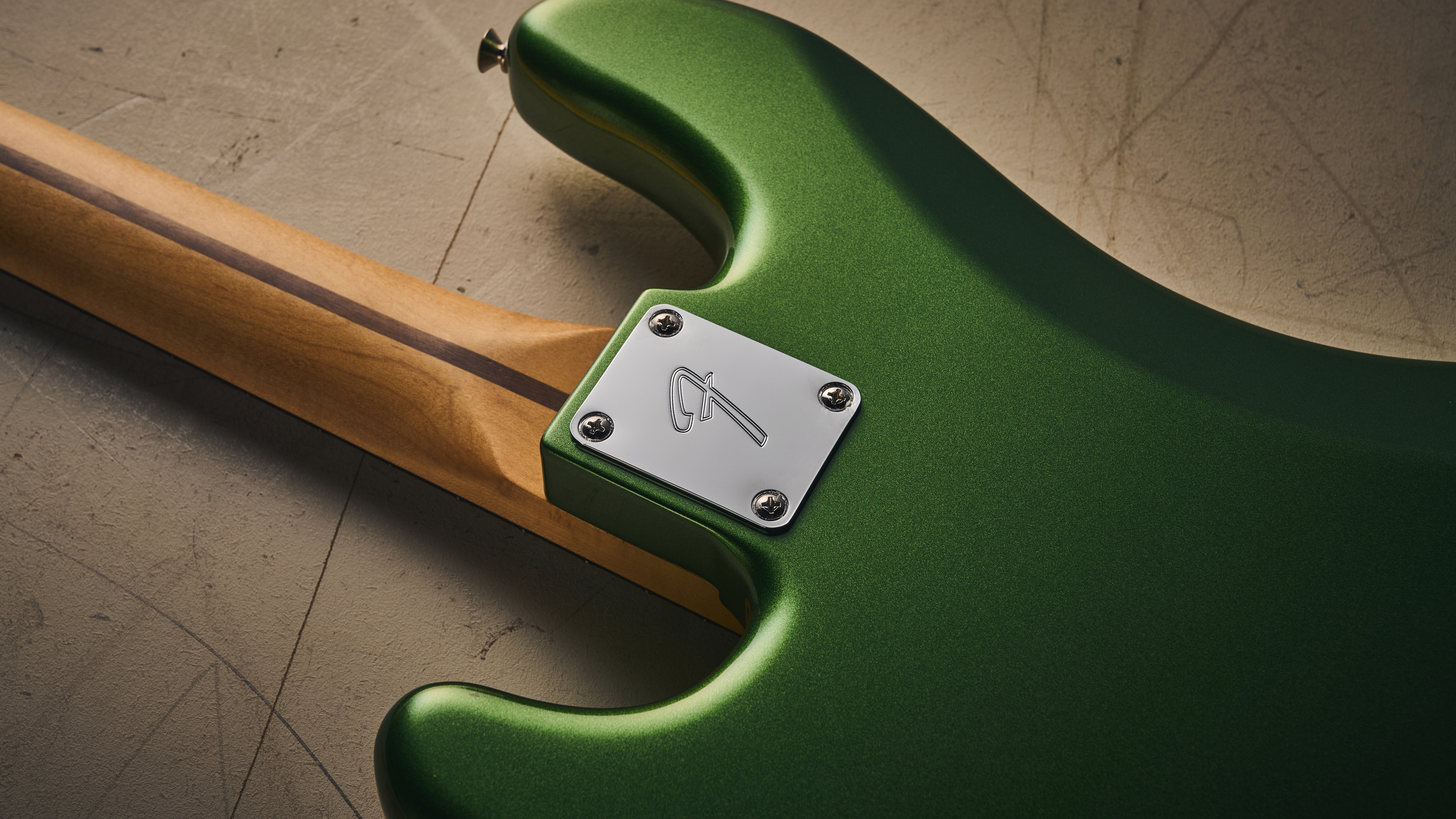
Build quality rating: ★★★★½
Fender sent this review example in Harvest Green Metallic, and while it might not be to everyone’s taste, it does give a contemporary look to match the upscaled features. If green sparkle doesn’t take your fancy, there are four other finishes: Olympic Pearl, Dusk, 3-Color Sunburst and Sunshine Yellow, offering a nice selection of vintage and modern stylings.
The bass comes with a Fender padded gig bag, and I’m glad to report that upon removing it, I couldn’t find a single blemish in the finish. It’s immaculate, and this extends to the flawless maple on the neck and headstock, which are both treated to a smooth, satin finish, free of any awkward or unsightly grain anomalies.
Want all the hottest music and gear news, reviews, deals, features and more, direct to your inbox? Sign up here.
Fender’s protective coverings clad the plastics, which while a slightly laborious task to remove, also ensure that everything is free of blemishes. This being a Player II derivative, the fretboard shuns the Pau Ferro of the Player/Player Plus models in favour of rosewood, and it’s a welcome return. This example is dark, very even and nicely seasoned without dry spots.
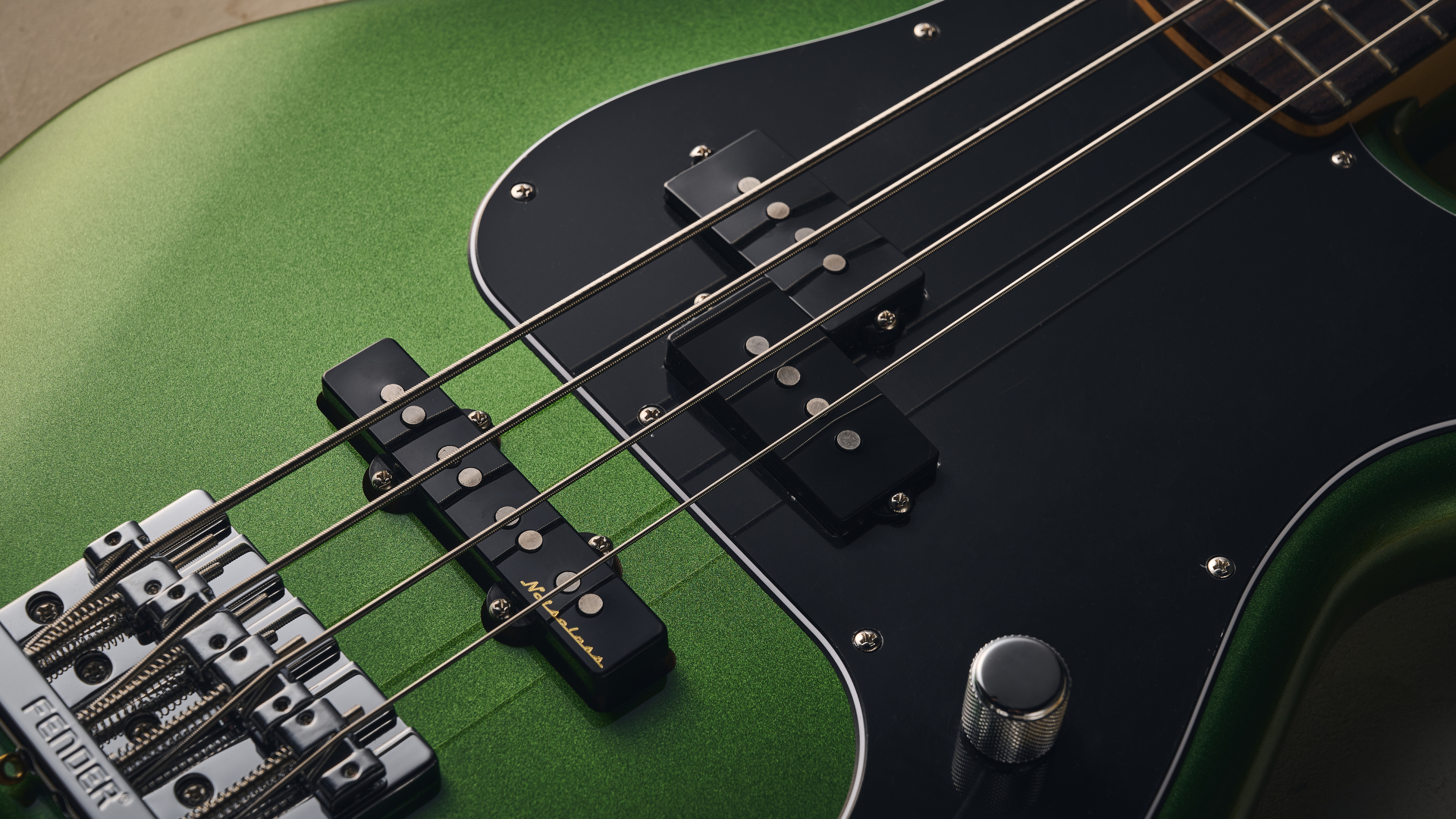
The electronics feature 18-volt operation, powered by a pair of 9v PP3s housed in a cavity on the back of the bass. To the front, there’s a fairly densely populated control section comprising a master volume control, pan pot for blending between the two pickups, and a pair of stacked controls offering four pots for the real estate of two.
Everything is easily selectable and turnable, despite there being a lot in a relatively small space
These give you a master tone control, and three-band bass, middle and treble controls. The latter are only engaged when the bass is in active mode, which is selected via a mini-toggle switch. Everything is easily selectable and turnable, despite there being a lot in a relatively small space.
In fact, plastic aside, the only minor point is a slight gap under the jack socket plate which reveals the recess for the socket. But, with that said, it’s only really noticeable when you look closely, and not something you’re likely to spend a lot of time glancing at.
Playability
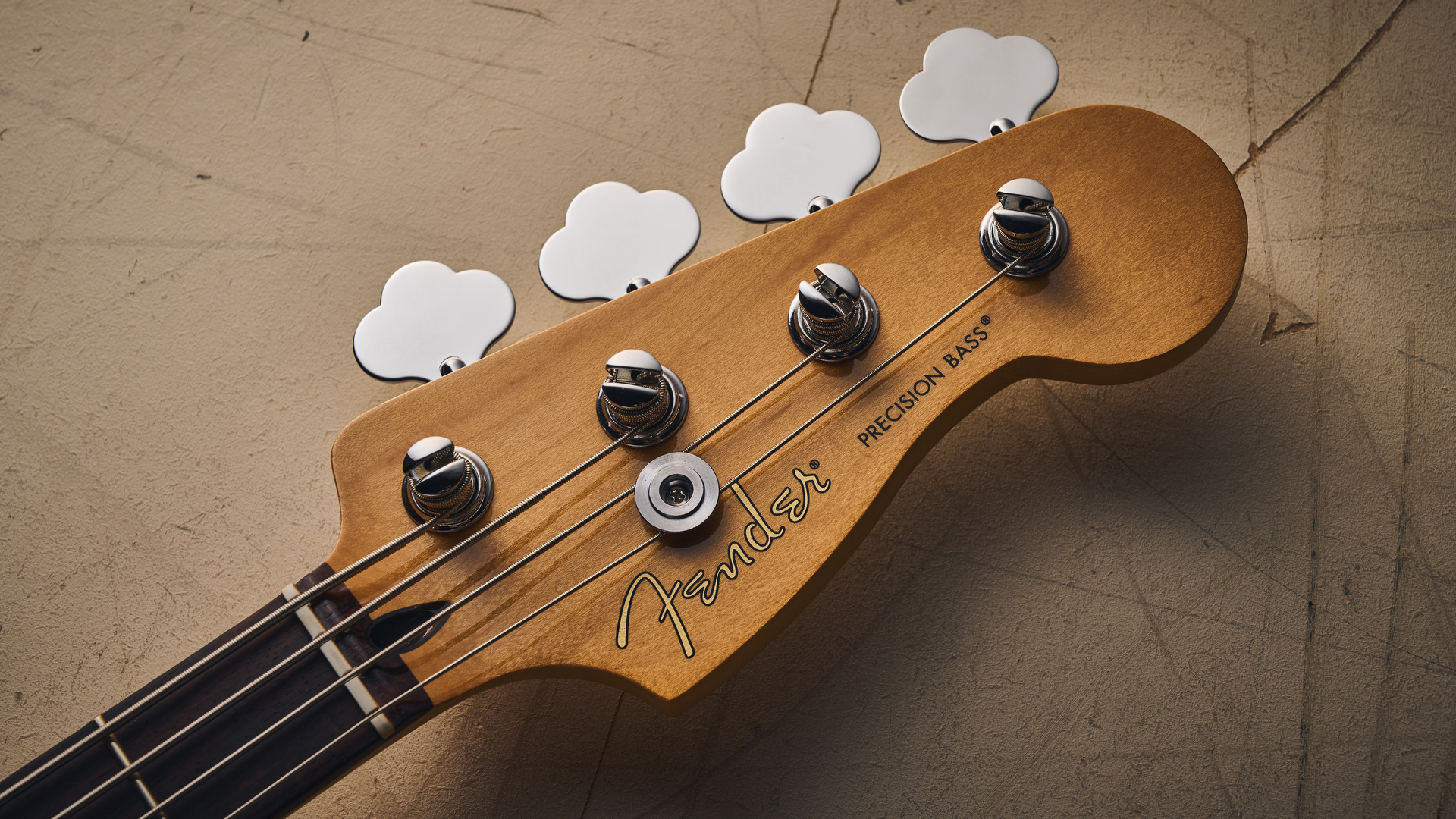
Playability rating: ★★★★½
One of the features introduced on the original Player series is the inclusion of rolled fingerboard edges. These are present here, and while it’s a fairly small, subtle appointment, it does work nicely in combination with the neck’s satin finish to give this bass an overall feeling of smoothness, particularly when transitioning between slides, stings/shakes etc.
At the body end, the neck is joined by a standard Fender four-bolt plate and square heel - no contours here, you’ll need to stretch to an American Professional (around 50% more expensive) for those kinds of curves.
But, in contrast to the original Player models, the Player II Modified (along with the standard Player IIs) use a 9.5” fretboard radius on the neck vs the wider 12” of its predecessor.
This is particularly helpful if you find a flatter fretboard a bit too much of a stretch, and is complemented nicely by a familiar Modern C-shaped profile for an all-round comfortable playing experience.
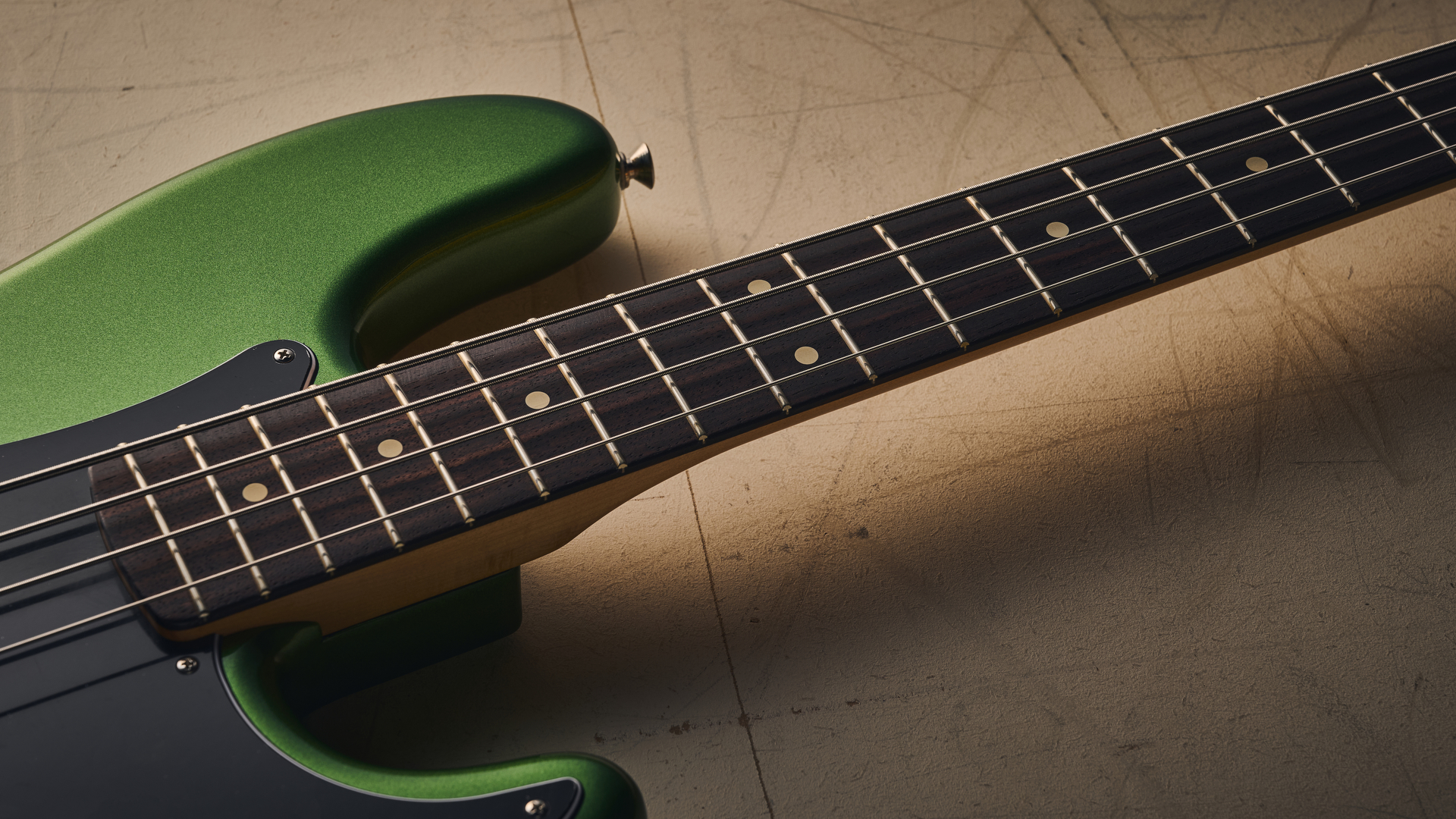
It comes strung with .45-.105-gauge strings, giving a fairly solid string tension, and offering resistance against heavy handed picking. This is met by the action, which, along with the tension gives it a buzz-free performance for heavier styles. If you prefer a lower action, there’s definitely room for it to go lower thanks to a ‘middle ground’ setup out of the box.
Fender has added ‘tapered shaft’ tuners to the Player II Modified basses. These open-gear models feature the same ratio as the regular Player II tuners, operating easily and responsively when turned, without being so reactive that you find yourself re-tuning all the time.
But, they come with the added ability of pulling the string towards the headstock in a bid to increase the angle of the strings beyond the nut, in turn enhancing stability and sustain. The bass arrived in tune, well intonated, with minimal need to reach for the tuner throughout my time with it.
Sounds
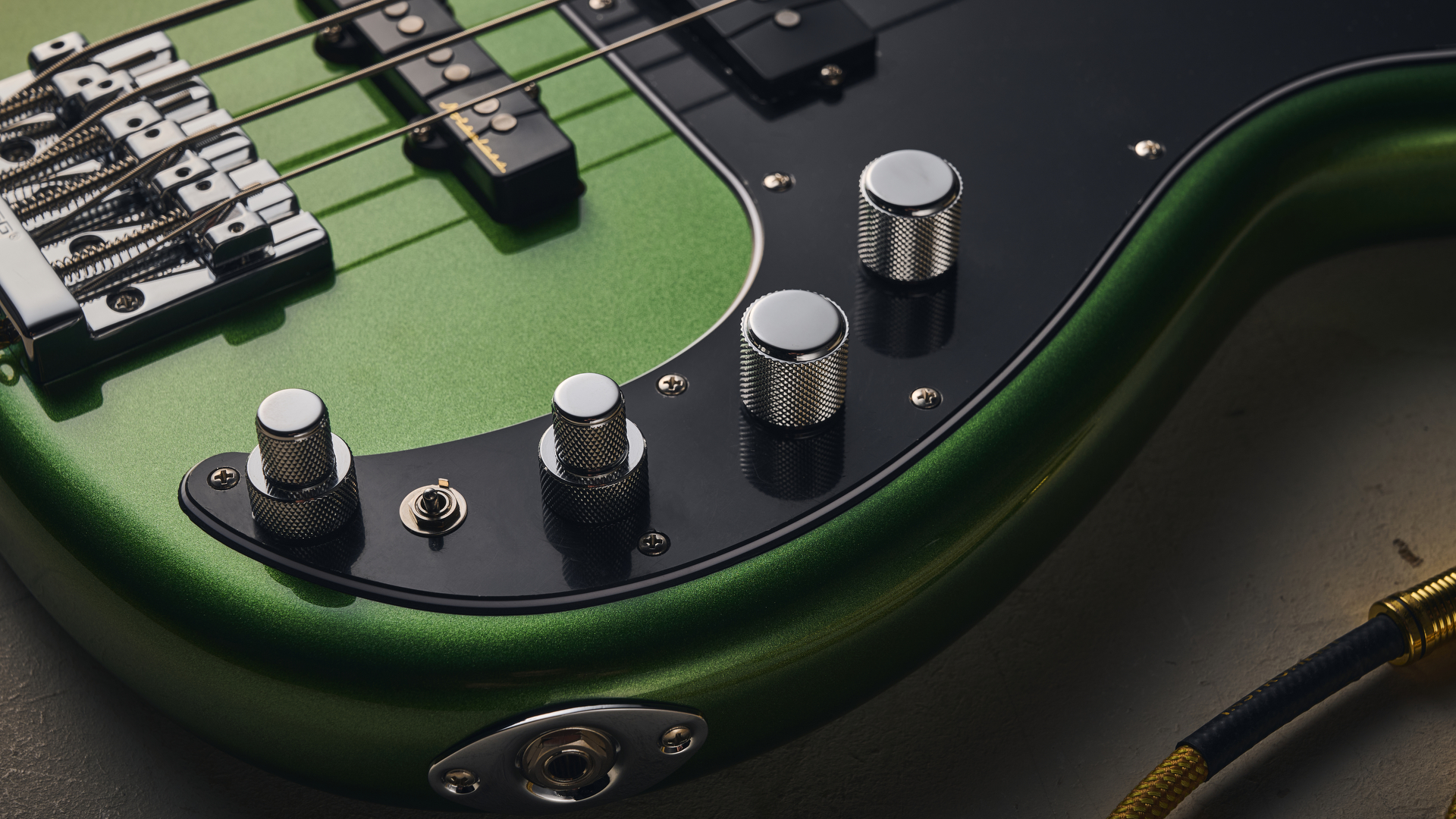
Sounds rating: ★★★★½
The name of the game here is versatility
As well as the hardware and playability tweaks, the biggest draw here for most people is likely to be the Modified Precision’s active circuitry. As mentioned above, it operates at 18 volts for a punchy, high-headroom output, and the name of the game here is versatility.
The PJ pickup configuration pairs two of the most popular bass pickups out there, with a split-coil Precision pickup in the ‘middle’ position, and a Noiseless Jazz Bass pickup in the bridge. This echoes the Player Plus version of the Active Precision bass, but Fender has tweaked the pickups for the Player II Modified releases, noting in particular that this iteration of the Noiseless units are its “most natural sounding to date”.
That’s not the only change, though - the preamp gets some tweaks, with the midrange control having had its centre frequency a ‘Q’ width refined. But perhaps most important, is the addition of a tone control, which functions in both modes, so you still get tonal control when you’re using the bass in passive mode.
Each of the three EQ pots, along with the pan pot are centre-detented, giving you unity settings (or an equal blend in the case of the pan pot) at the notch. From this ‘home’ position, the EQ controls can either boost or cut their respective frequencies, and there’s a lot of power on tap.
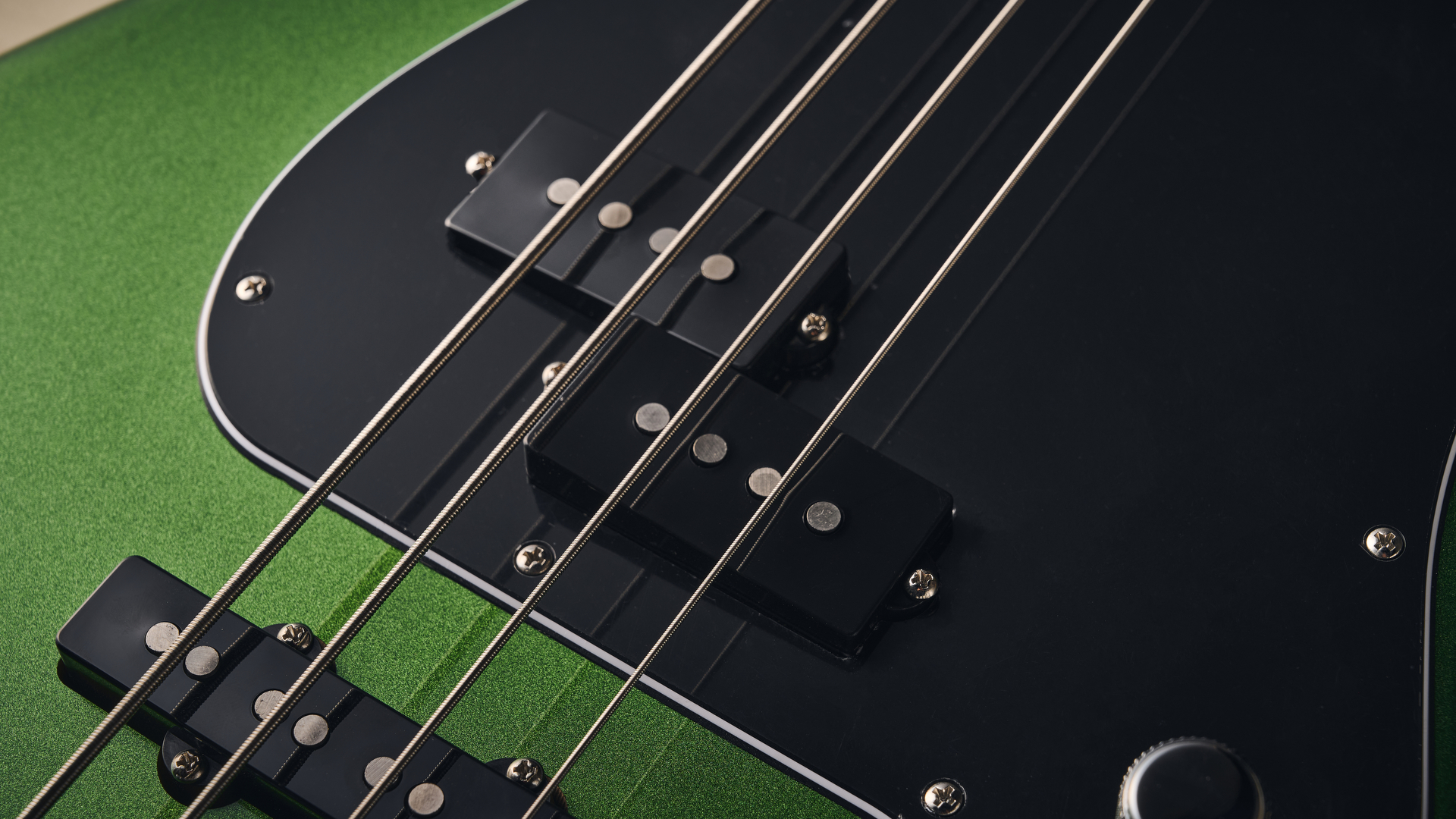
The biggest draw here for most people is likely to be the Modified Precision’s active circuitry
The low end control is impressive, imparting a fairly broad low-end spectrum boost and cut that reaches down to the bowels of 20Hz. Similarly, the tweaked mid control offers a wide response that can create a scoop the size of a crater when cut, or boost to ultra-quacky, honk at its most extreme. The treble is capable of aggression, too, adding some zing and sparkle in the middle of its boost range, while pushing it all the way becomes a little too extreme and harsh.
All of this adds up to some serious tonal options, and that’s before you start selecting pickups. With the split pickup flying solo, it’s pure Precision - throaty resonance and a punchy growl. Dial to all-Jazz, and it’s a much rounder, woodier affair, but these are both as expected.
The real exploration begins with different pickup and EQ combinations, and it’s all here. With the mids cut and a little extra bass and treble, the Modified served up an instantly-usable modern slap sound: clean, clear and addictively pleasing to play.
The same can be said when punching the pan pot to favour the jazz pickup, and adjusting the EQ for a little more warmth - funky vintage fingerstyle pops through with a great blend of weight and attack, allowing ghost notes to be heard easily.
Feeding it into various models of drive and blended distortion based on Darkglass, Ampeg and more, it’s clear that the Modified Precision is more than at home under gain. The string tension provides plenty of scope for detuning, yielding some massive rock bass sounds. The key here, much like the clean tone, is its ability to offer such hi-fi response when needed.
This means that there’s no compromising on heft and definition. Regardless of the style you’re playing (within the realm of four strings, of course), there’s no doubt that this bass is able to tackle it.
Verdict
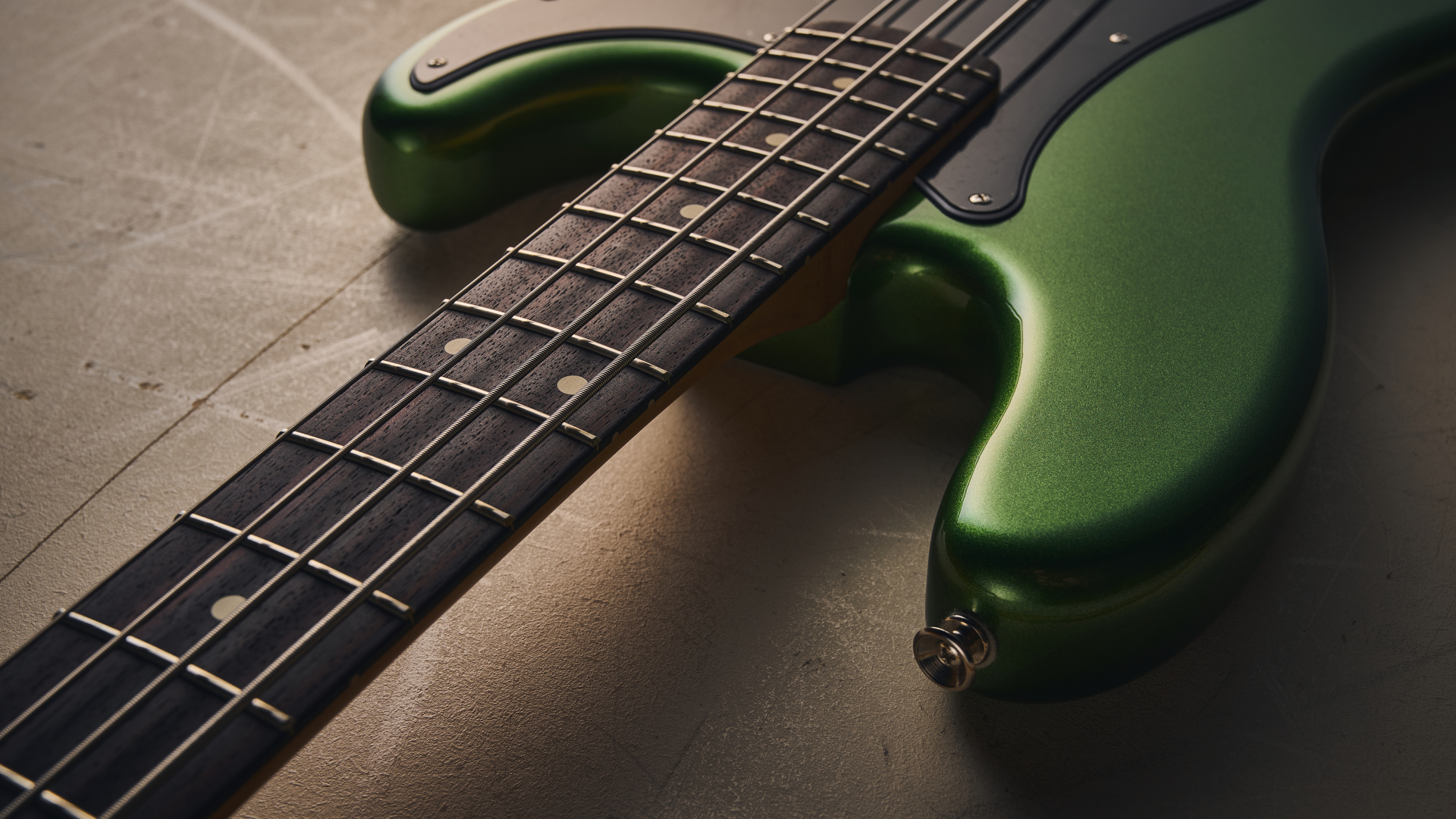
The Player II series has already been received very well, but the Player II Modified takes things up a notch. If you’re a Fender fan, you’ll have likely already seen this release coming, but regardless, it checks all of the boxes omitted by the regular Player II Precision.
I can see this bass –– while not exactly ‘affordable' –– being a go-to for function band players who need to cover a lot of stylistic mileage. Similarly though, it’s got the ammo required for funk and heavier styles where a modern, cutting sound might be required.
A go-to for function band players who need to cover a lot of stylistic mileage
Pair that with the fact that removing the active electronics from the circuit gives you an extremely solid and versatile passive PJ configuration, and I’m running out of reasons not to reccomend pulling the trigger.
If you currently own a Player Plus Active Precision, there possibly aren't enough reasons to upgrade, but the addition of rosewood and a tone control for those unpowered moments are certainly tempting. So, a versatile jack-of-all-trades, with some excellent displays of mastery at times too…
MusicRadar verdict: Fender has ticked a lot of the necessary boxes with the Player II Modified Active Precision Bass. Fit and finish are both spot-on, but its crowning glory is the versatility of sounds on offer, coupled with the universal tone control. An excellent choice for anyone who needs a lot of tonal bang for their buck.
Test | Results | Score |
|---|---|---|
Build quality | Everything is as it should be, free of finish blemishes and solidly constructed. | ★★★★½ |
Playability | The factory setup, rolled fingerboard edges and HiMass bridge deliver a joyful playing experience | ★★★★½ |
Sounds | With a versatile pickup configuration, comprehensive tonal tweaking via the active EQ, and a tone control in both modes, this bass has you covered for pretty much anything | ★★★★½ |
Overall | A Fender bass that confidently covers a lot of sonic ground with upgrades where it really counts. | ★★★★½ |
Also try
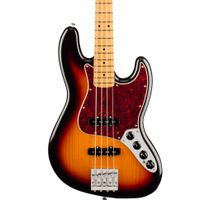
Fender Player II Modified Active Active Jazz Bass - $1,099/£999/€1,199
For the same price, you can bag the Player II Modified Active treatment on a Jazz bass, complete with a pair of noiseless Jazz pickups and of course, the Jazz Bass tapered neck profile. If you want to go low, Fender offers the Jazz Bass version in a five-string for an additional £50. That’s only £10 per-semitone!
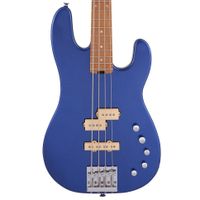
Charvel Pro Mod San Dimas PJ IV - $949/£899/€999
Fender stablemate, Charvel makes the San Dimas model in a DiMarzio-fuelled (Model J and DP123) PJ configuration with active electronics. But what’s more, the split-coil pickup is configured in a reverse-P formation for a more punchy bass response. You get volume, pickup blend and three-band EQ, as well as Charvel’s compound radius fingerboard calling card.
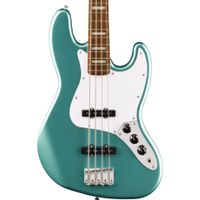
Squier Affinity Active Jazz Bass - $316/£239/€280
If you’re looking to power-up on a budget, you could do a lot worse than look towards Squier’s Affinity Active Jazz Bass. Sure, it gives you a Jazz configuration rather than PJ, but with two-band EQ, there’s still plenty of scope for shaping your sound for modern/hi-fi bass tones.
Hands-on videos
Fender
Sweetwater Sound
Empire Music

Stuart has been working for guitar publications since 2008, beginning his career as Reviews Editor for Total Guitar before becoming Editor for six years. During this time, he and the team brought the magazine into the modern age with digital editions, a Youtube channel and the Apple chart-bothering Total Guitar Podcast. Stuart has also served as a freelance writer for Guitar World, Guitarist and MusicRadar reviewing hundreds of products spanning everything from acoustic guitars to valve amps, modelers and plugins. When not spouting his opinions on the best new gear, Stuart has been reminded on many occasions that the 'never meet your heroes' rule is entirely wrong, clocking-up interviews with the likes of Eddie Van Halen, Foo Fighters, Green Day and many, many more.
You must confirm your public display name before commenting
Please logout and then login again, you will then be prompted to enter your display name.
